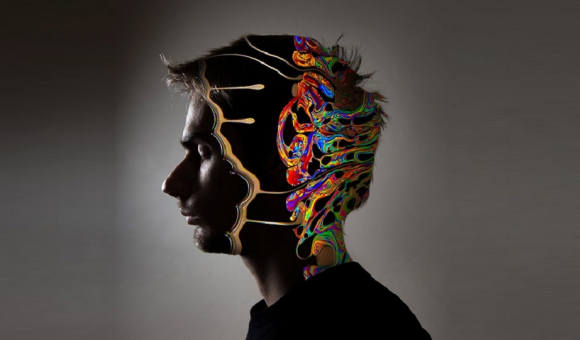
Researchers at the University of Liege have discovered a new gene which is responsible for childhood epilepsy. Adolescents affected by this relatively benign disease show normal brain imaging, as do people with other cerebral disorders such as autism and schizophrenia.
With this in mind, the researchers hypothesised that these diseases could be traced back to the embryonic development of the patient. During this biological stage, abnormal neuronal circuits would therefore be formed within the cerebral cortex. The scientists had already discovered the first gene that plays an important role in brain development, in 2009. Called Myoclonin 1, it is involved in the migration of nerve cell precursors, in particular future neurons. It is a decisive process, as it is at this stage that "neurons take their definitive place in increasingly complex electrical circuits".
Researchers have now found a second gene, which is present in some families of epileptic patients.
This gene encodes an enzyme which is already known, but its role in the brain and epilepsy was hitherto unknown, explains Professor Thierry Grisar, who participated in the research. This protein actually plays an important role in controlling the migration of embryonic nerve cells. An error in the migration process can "lead to abnormalities at the microscopic scale which are sufficient to disrupt the functioning of these circuits and produce the characteristic symptoms of these 'non-lesional' neurological diseases".






